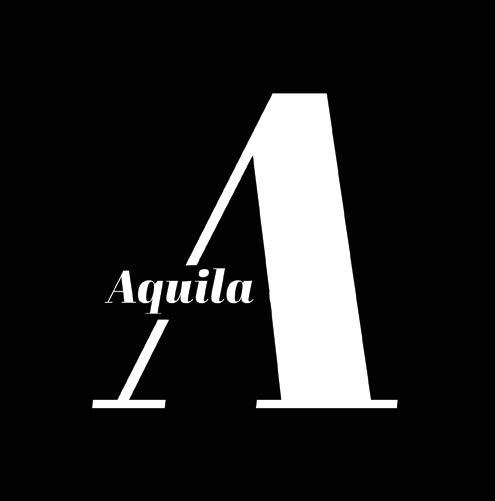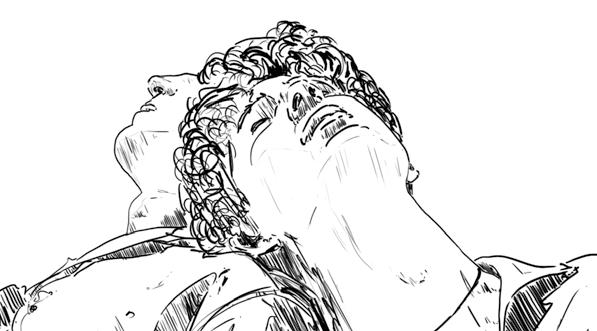
4 minute read
An Invisible Circle
an I n v i s i b l e A boundary can be defined as a line, a limit: we have boundaries around our properties that keep the people and animals safe inside, and keep intruders out. We have the physical breaking up the lawn, ripping out the tree. So how do we maintain these strong boundaries? What might this mean in practice? boundary around our body - our skin - that Firstly, it means being sure that we have a keeps us physically safe from infection. voice, that we are involved in our own care. It So boundaries keep us safe. In the Playground Study, a group of pre-school children were observed in two different situations: in the first, they played in a park with no fences around it, in the second, they played in a park that was fenced all around. Their behaviour was very interesting. In the situation where can be difficult for young people in particular, who are used to having their lives dictated to to a degree by adults, to feel that they are masters of their own ship, that they can be an assertive voice in their own lives. We all have the right to be asked and to be heard. there were no physical boundaries, the children huddled It means respecting ourselves enough to be able to near to their teacher – they were afraid to leave her and respond and act honestly. Listening to our gut instinct and unsure about exploring. In the park with fences, however, acting on what it communicates to us is a habit that can they were confident enough to leave their teacher and be strengthened. No-one else knows us as well as we know explore the whole space. Physical boundaries appeared to ourselves. Let’s have the courage and strength to hear our give the children more assurance and confidence. own inner voice and take action accordingly. Just as we need physical boundaries to keep us safe, we need emotional boundaries too. These boundaries are invisible, but they are vital in preserving our sense of emotional safety and well-being. We might picture ourselves as surrounded by an invisible circle: the line of this circle separates who we are from who we are not, where we start and where we end, what is ours and what isn’t, what we’re responsible for and what we’re not. When people talk about the ‘boundaries being blurred’, this expresses a sense that the line of the circle is not clear. It is our own responsibility to recognise and maintain the clarity of this circle.
Let’s change the metaphor from a circle to a garden. Each of our lives is like a garden: we each have a lawn, flower beds, a tree perhaps, and a fence around it. We are each responsible for what goes on in our garden. I need to mow my lawn, weed my flower beds, collect the fruit from my tree, and maintain my fences. But I am not responsible for anyone else’s garden. I don’t have to mow their lawn, or weed their beds, or fix their fences.
Advertisement
There are many behaviours by others that violate our boundaries and our strong, secure sense of self. Bullying and relational aggression violate our boundaries; abuse violates our boundaries; being belittled or attacked by others violates our boundaries. All of these can be compared to an intruder barging into our garden, stamping all over the flower-beds, It could mean asking for support from others, because we matter and we are worth it. This doesn’t mean pushing our problems onto others – we are responsible for our gardens, remember! But it’s good to have someone weeding the garden alongside us, or helping us dispose of our grass cuttings. Sharing problems and seeking help is a sign of strength, as long as the boundaries of responsibility are clear on both sides. It might mean simply recognising what is actually our issue, and what is someone else’s. We don’t have to be dragged down by other people’s problems, we can choose how involved we are, and the priority is keeping ourselves safe and well. Picture the image of a pit – if a friend is at the bottom of the pit, do we help them by climbing down into the pit with them? Wouldn’t we then get stuck in the pit too? Wouldn’t we in fact be safer staying at the top and lowering a ladder for them to climb up, or calling down encouragement? So to return to the Playground Study. We can C i r c l e notice that the boundaries gave the children more freedom to explore, more confidence. When we have a stronger sense of ourselves and clear emotional boundaries around us, we too can live more freely and lead more confident, adventurous lives. C Nicholas, School Counsellor






